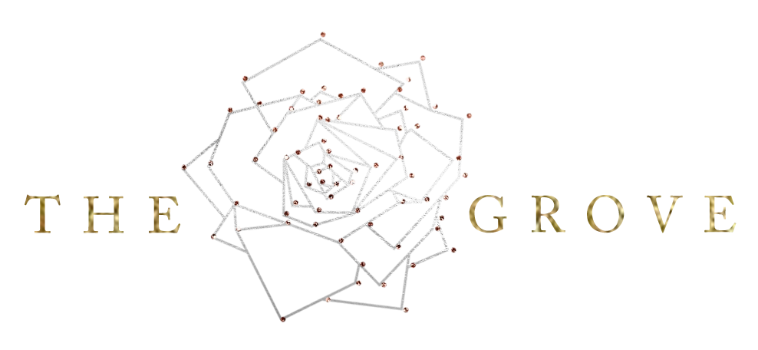Budgets and timelines are like real estate
Since stagers work with real estate agents to prep spaces that are listed, it makes sense then that they have similar timelines as agents. This means that shoot requests will either be last minute or will have a small window of availability. It’s not necessarily a bad thing, but just something to be aware of. If you book weeks or months in advance, then stagers may not be the ideal client for you.
Even though stagers are designers, their commissions tend to be lower than most interior designers. With their tight profit margins, this means their budgets tend to be small… so expect stagers to look for real estate photography prices. The good thing is that once you realize their budget is tight, you can adjust your workflow accordingly! This means you should have a workflow that is more like a real estate shoot - quick and low cost.

They’re not looking for real estate photos
The main reason that a stager will hire you directly is because, honestly, they don’t want real estate photos! A stager will want photos that have a design photography look at real estate photography rates (um… how do we do that?!).
Save yourself a lot of headaches and follow these guidelines when working with a stager so that you stay profitable:
-
Talk with your stager before the shoot (or at the start of the shoot) to get requests. If there are specific features they created when staging, special furnishing pieces they want to spotlight, or specific shots they need for their website or social, have that conversation before you begin shooting so that your shoot time can be tailored to their needs and kept quick.
-
Adjust your focus. With stagers, you want to focus in on the types of shots they want. Consider what they bring into the space and create compositions with those items. Rather than showing off the large space, you may be showing off the furnishings and decor. More shots will need to be vignettes or details, and be sure to create a story with props!
-
Minimal setup, move swiftly. Keep your setup simple and mobile so you can quickly move from space to space. Aim to keep your shoot time short so that you’re not spending all day on a $200 shoot.
-
Automate your editing process as much as possible. This is where you use those presets and batch edit as much as possible. No need to painstakingly edit out cables or outlets.
Working with stagers can be a great additional income stream as long as you know what to expect. As always, open communication helps to keep things transparent, but the above tips should give you lots of insight for your first client!
xo,
Natalia







